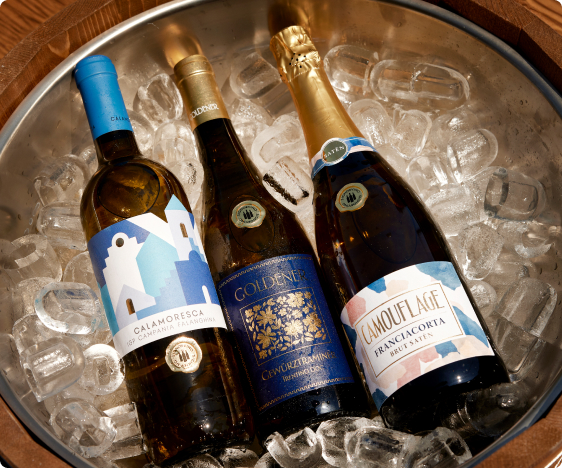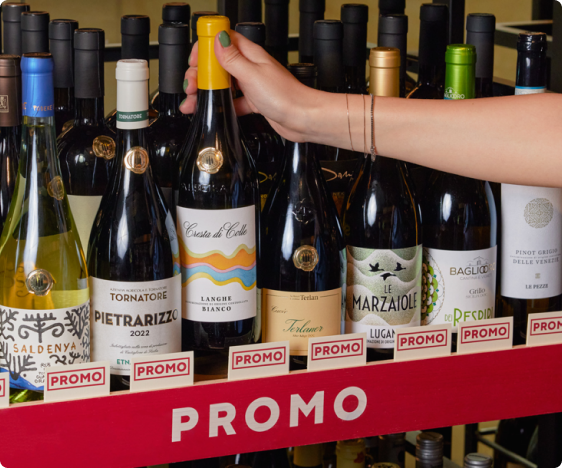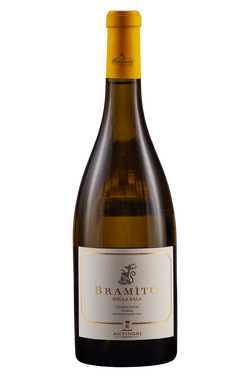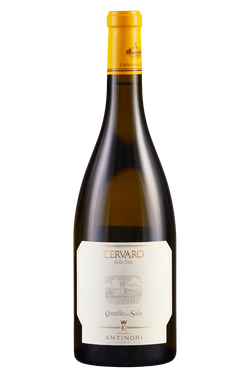- Wines >
- Umbria
The history of Umbria’s wines
The origins of Umbrian wines and of viticulture in the region are very ancient. The history of wine in Umbria dates back at least to the Etruscans and developed with the Romans, for whom wine was an integral part of the productive and economic life of patrician villas. Unlike the Greeks, who influenced the wine production of southern Italy with their ordered bush vine plantings, the Romans did not do the same in Umbria. Here, vines have always shared land with other crops in a promiscuous agricultural landscape, and have often been forced to climb trees and make room for themselves wherever they could. Despite this, there are even ancient written testimonies of the quality of Umbrian wine. For example, in Roman times, authors such as Pliny the Elder and Martial praised Umbria’s wines in their works. After a slowdown in production towards the end of the Roman Empire, wine production in Umbria recovered thanks to the work of the Benedictine abbeys, in a new burst of expansion that continued during the development of the Medieval Communes and, subsequently, in the Renaissance. A further step was taken with the Unification of Italy, when plans were made for the modernization of traditional growing techniques. This process did not lead to tangible results until the 1950s, when Umbria’s growers began to specialize, and the traditional vineyards on the plains were replaced by geometric arrangements in the region’s hills. Today, the region’s agricultural productive fabric has found one of its greatest strengths in wine, as is confirmed every year by awards and a growing reputation.
The Varieties of Umbria’s wines
Various types of wine are produced in Umbria, each with its own peculiarities. Although the annual production of white wines (47%) is only slightly lower than that of Umbria’s red wines (53%), the reds have achieved greater fame and official recognition to date. Among the white grape varieties we must certainly mention the native Grechetto, the basis of Orvieto, a famous Umbrian white wine but also produced in Lazio. The wines produced with Grechetto grapes are deep straw yellow in colour, and display intense, elegant aromas, with notes of peach. Among the white wines of Umbria, the Muffati Orvietani wines based on Grechetto and Malvasia (late-ripening white grape varieties) are iconic, not to mention wines from Sauvignon and Chardonnay (early-ripening white grape varieties). Among the red wines, it is important to mention the first regional DOCG, established in 1990, Torgiano Rosso Riserva. This wine is produced with at least 70% Sangiovese grapes, together with other black grape varieties suitable for cultivation in the region, such as Cabernet Sauvignon, Merlot, Canaiolo and Colorino. This extremely elegant wine, aged for at least three years (of which six months in the bottle), acquires an intense ruby red hue, with floral and fruity notes. The other Umbrian DOCG wine is the more widely known and appreciated Montefalco Sagrantino.
Sagrantino: symbolic wine of Umbria
Sagrantino di Montefalco DOCG is the best-known Umbrian red wine, produced with grapes from the variety of the same name. Despite the various theories that trace its origins back to Spain, or claim that it was imported by the Saracens, we can speak of Sagrantino as a native variety. According to the production protocol, Sagrantino di Montefalco may be made in the dry or raisin type, for which the grapes undergo partial drying of no less than two months. While the grape-wine yield for dry Montefalco Sagrantino must not exceed 65%, the threshold is reduced to 45% for the raisin version. Both types must undergo an ageing period of 30 months, of which at least one year in oak barrels for dry wines (not mandatory for raisin wines). Dry Montefalco Sagrantino is a dry, aromatic wine, with a blackberry nose and a deep ruby red hue, whose purple reflections vary according to the length of the ageing period. Among the various producers of Sagrantino, it is important to mention at least the Lungarotti winery, established in the 1960s and known for the production of wines of extraordinary quality.
How to pair the wines of Umbria
Umbrian wines are versatile, and suitable for various types of food pairings, starting with the most traditional regional delicacies. The first of these is certainly Umbria’s cured meats, a regional heritage appreciated throughout Italy and beyond. An aperitif with friends based on Umbrian products cannot fail to include the king of Umbria’s wines, Sagrantino di Montefalco, paired with hams, salami, dried sausages, capocollo, guanciale and other typical cured meats of the region. The same pairing of Sagrantino with cured meats can also be used as an appetizer for a classic Sunday lunch. The region’s best-known white wine, Orvieto, meanwhile, is a perfect everyday white wine. Like all whites, it goes very well with fish but, since Umbria has no coastline, it is traditionally paired with lake fish, such as eel, carp or perch. Try it with the typical fish dishes of the Trasimeno area, such as carpa regina in porchetta or tegamaccio, an Umbrian fish soup that takes its name from the pot in which it is cooked.






